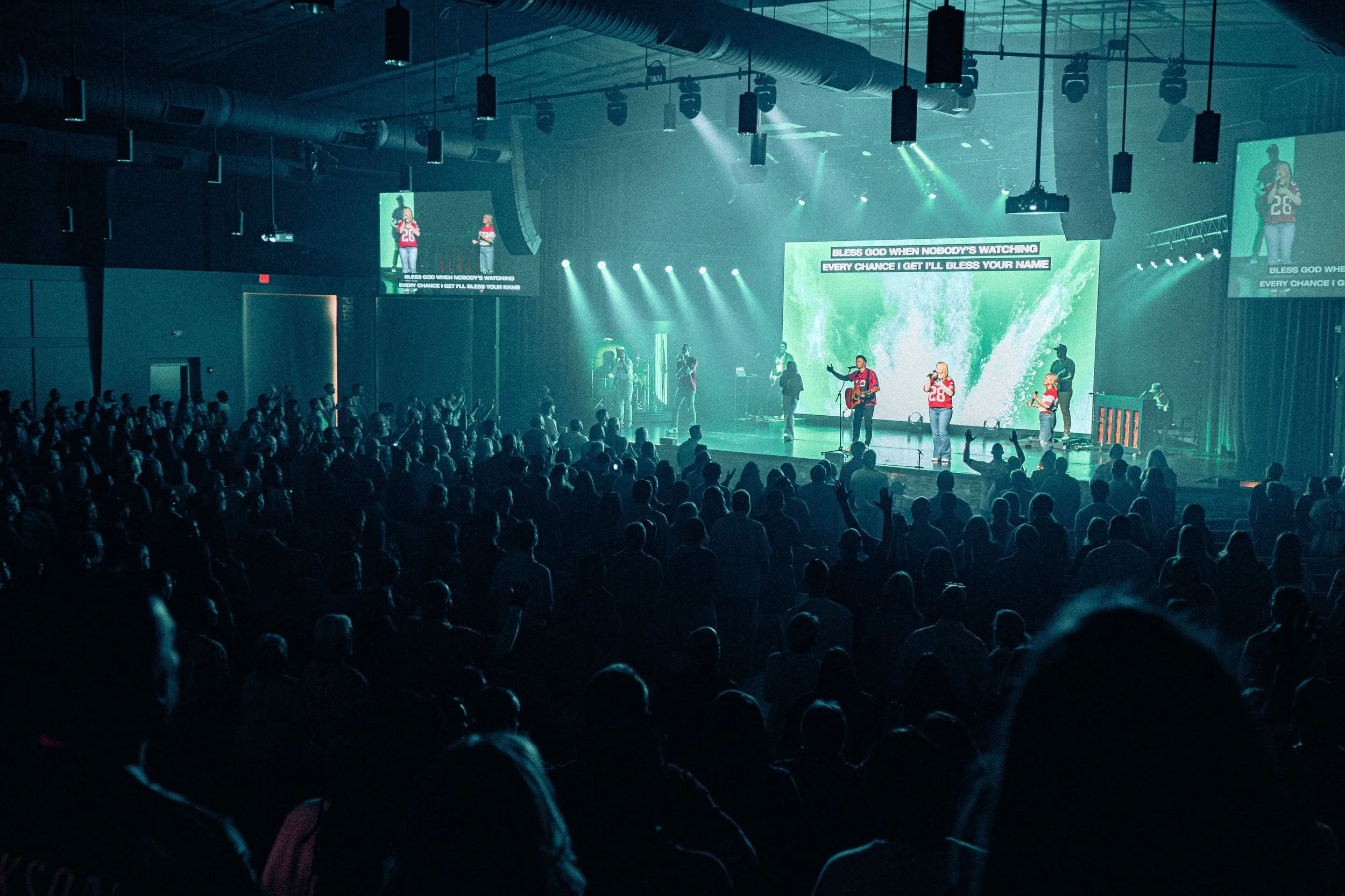Lessons Learned:Embracing Change
In October I celebrated 30 years of being on staff at Stevens Creek Church. So needless to say I have learned a lot of lessons over the years. The importance of embracing change was one of them. I was incredibly fortunate to start my ministry journey under a lead pastor who was ahead of his time. Long before it was trendy, he was committed to creating a relevant, outward-focused church. Some pastors collect old sermon notes—he collected bold ideas. He understood that the church shouldn’t be stuck in the past but should continually evolve to reach people effectively.
A Culture of Change
From day one, I was thrown into the deep end of church leadership. My first weekend on staff, we attended a John Maxwell leadership conference, and my brain nearly exploded (in a good way). Shortly after, we traveled to Willow Creek Church in Chicago for leadership and arts conferences, and I had another mind-blown moment. These experiences changed the way I thought about church. It taught me that change can be good and being creative and trying new things can fuel growth.
Over the years we have constantly changed things from music style to service times. At one point we changed service times ten times in just two years. TEN. If you’ve ever tried telling church people that their service time is changing, you know it’s basically the spiritual equivalent of moving College football games to Wednesday morning. We survived, though, and what I learned was priceless: The more you implement change the more it becomes the culture of your church or business.
The Evolution of Worship (Or, How Many Times Can We Rearrange the Stage?)
If you had walked into our church over the years, you might have thought you were visiting a different place each time. Worship styles evolved, stage set ups changed, leadership approaches shifted, and creative elements came and went.
We had drama sketches for a period of time.
We went from a full choir to small ensembles to two singers on stage, then back again.
One season, worship was acoustic-driven; the next, it was a full-on electric guitar then another that was synth heavy.
I even learned to play acoustic guitar …. because apparently, that’s what all the "cool" worship leaders were doing.
Through all of this, one thing never changed: our mission—to create an experience where lost people can be found, and found people can grow in their faith.
Lessons for Church Leaders
If there’s one thing I’ve learned, it’s that change is not the enemy—stagnation is. Churches that refuse to evolve risk becoming museums instead of movements. If you’re not moving…you’re dying. Here are a few leadership takeaways:
Lead with Vision – Change is easier when people understand the "why" behind it. Keep your mission clear and compelling (and maybe throw in some coffee incentives).
Stay Flexible – If the early church met in homes and we’re still fighting over pews vs. chairs, we might be missing the point.
Invest in Growth – Attend conferences, learn from innovative leaders, and expose yourself to fresh ideas. If you’re the smartest person in every room, you need a new room.
Empower Your Team – A culture of change isn’t created by one person. Build a team willing to dream, experiment, and pivot together.
Keep the Main Thing the Main Thing – Styles, formats, and methods will shift, but the mission of growing people into fully devoted followers of Christ must remain at the center.
Moving Forward (Or, What’s Next? Because It’s Probably Changing Again)
As church leaders, our responsibility isn’t to preserve what has been but to boldly step into what could be. The world is changing, and we must be willing to meet people where they are—whether that means adjusting service times, switching up the music, or simply learning how to use Instagram without looking like someone’s confused uncle.
So, what changes are you facing in your church today? Are you resisting them, or are you leading the way forward?
